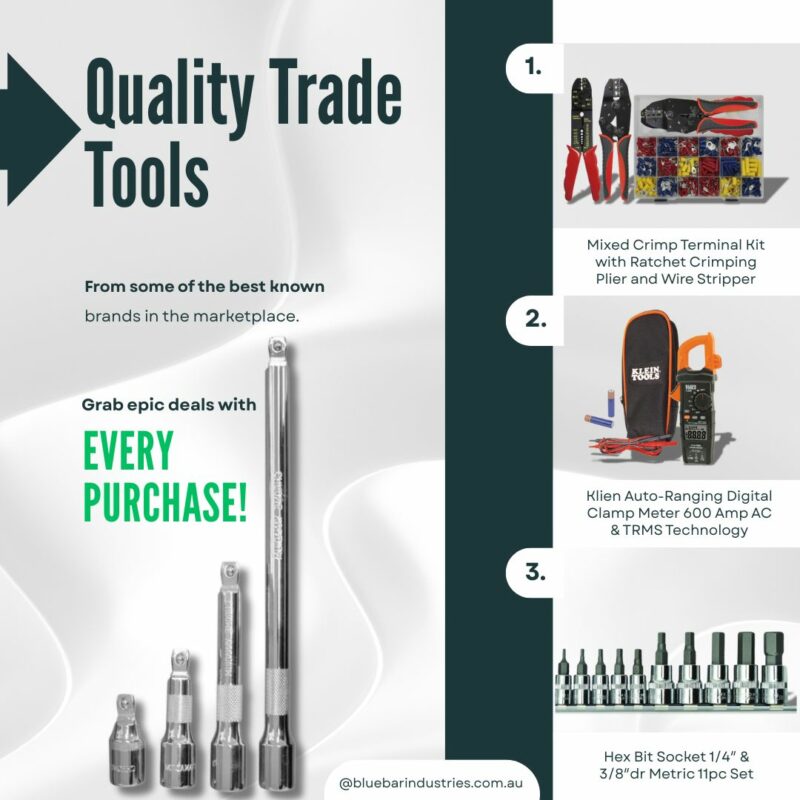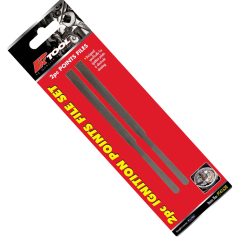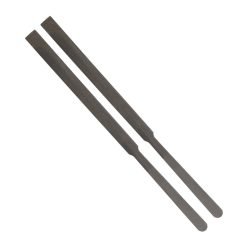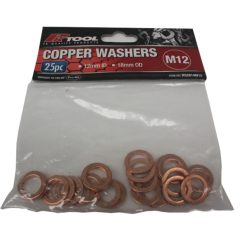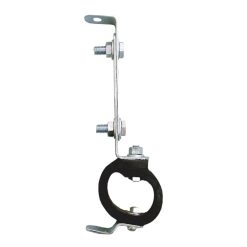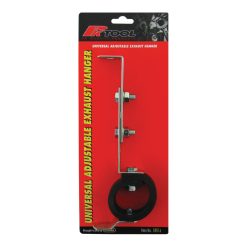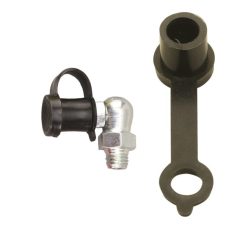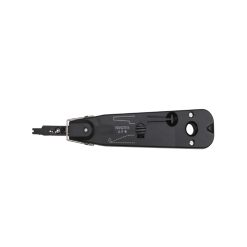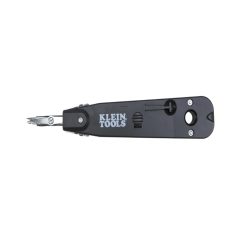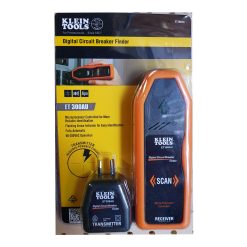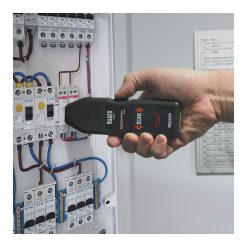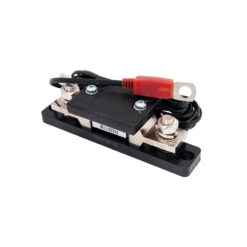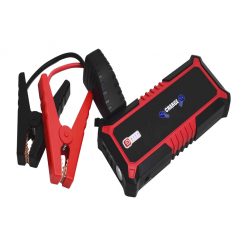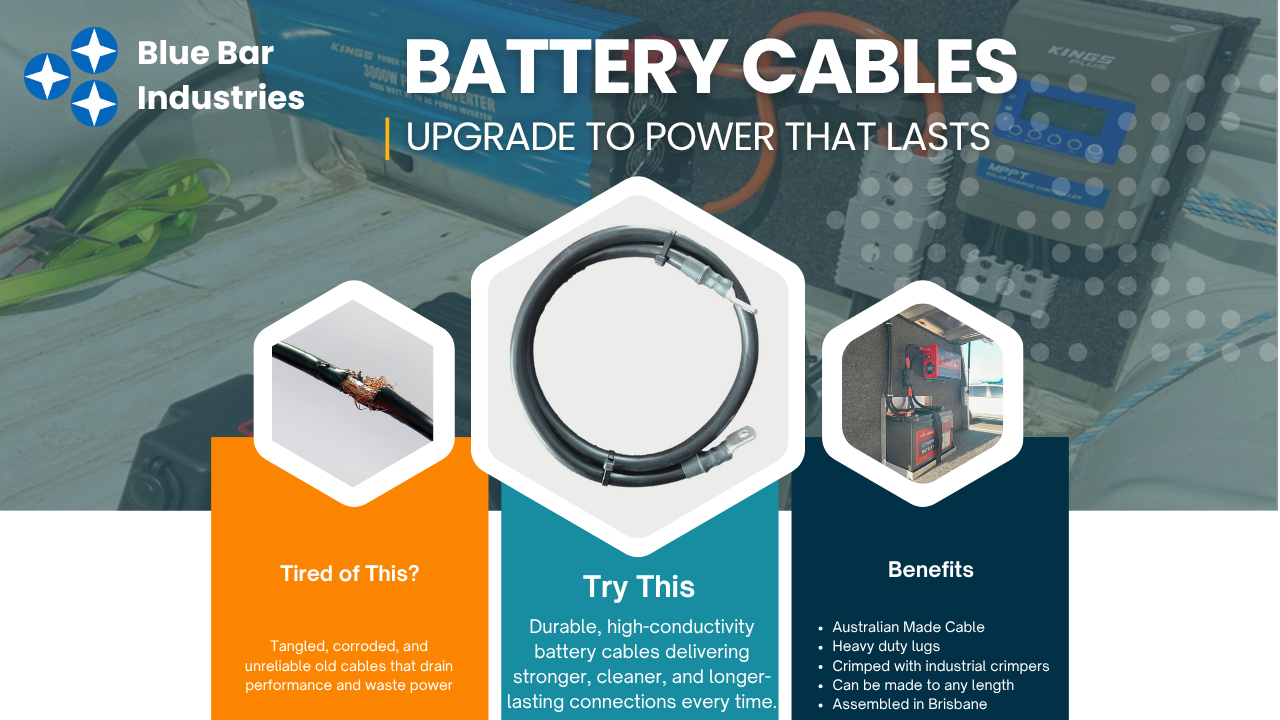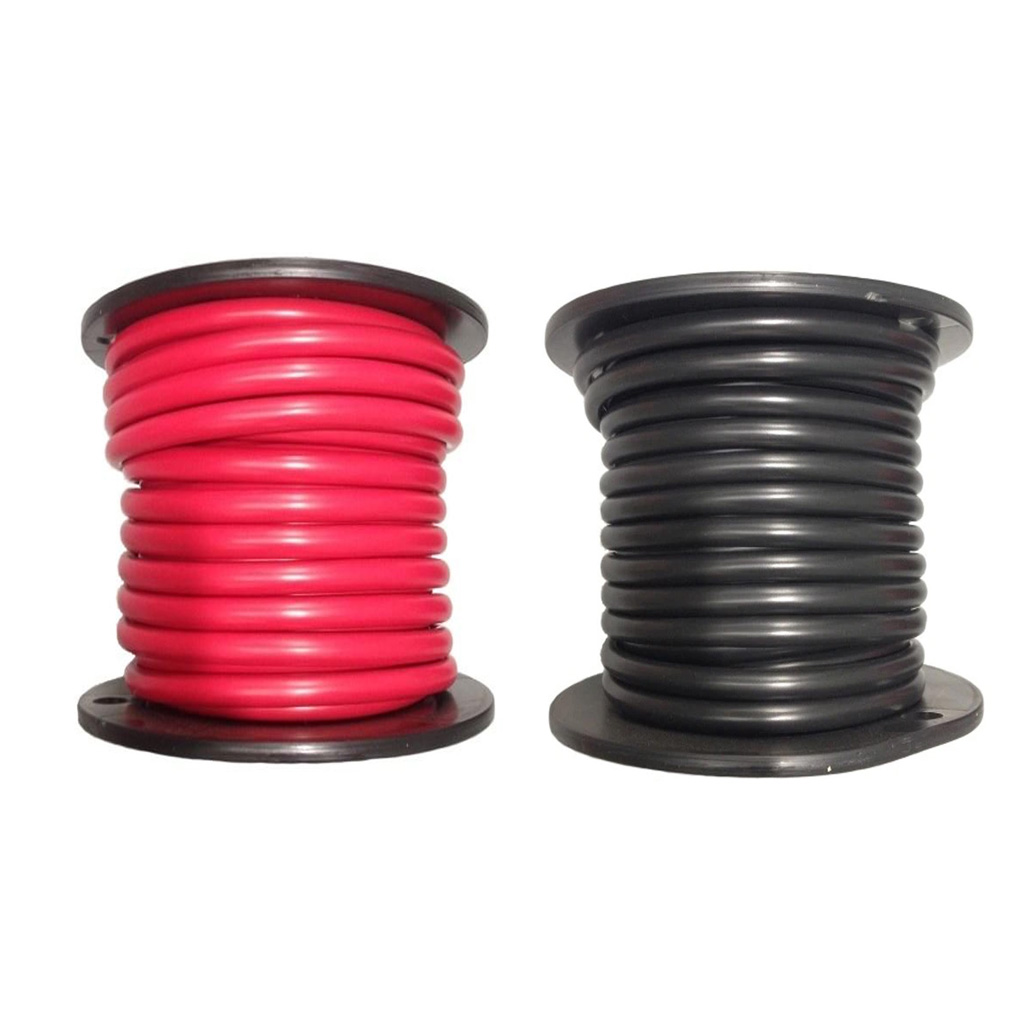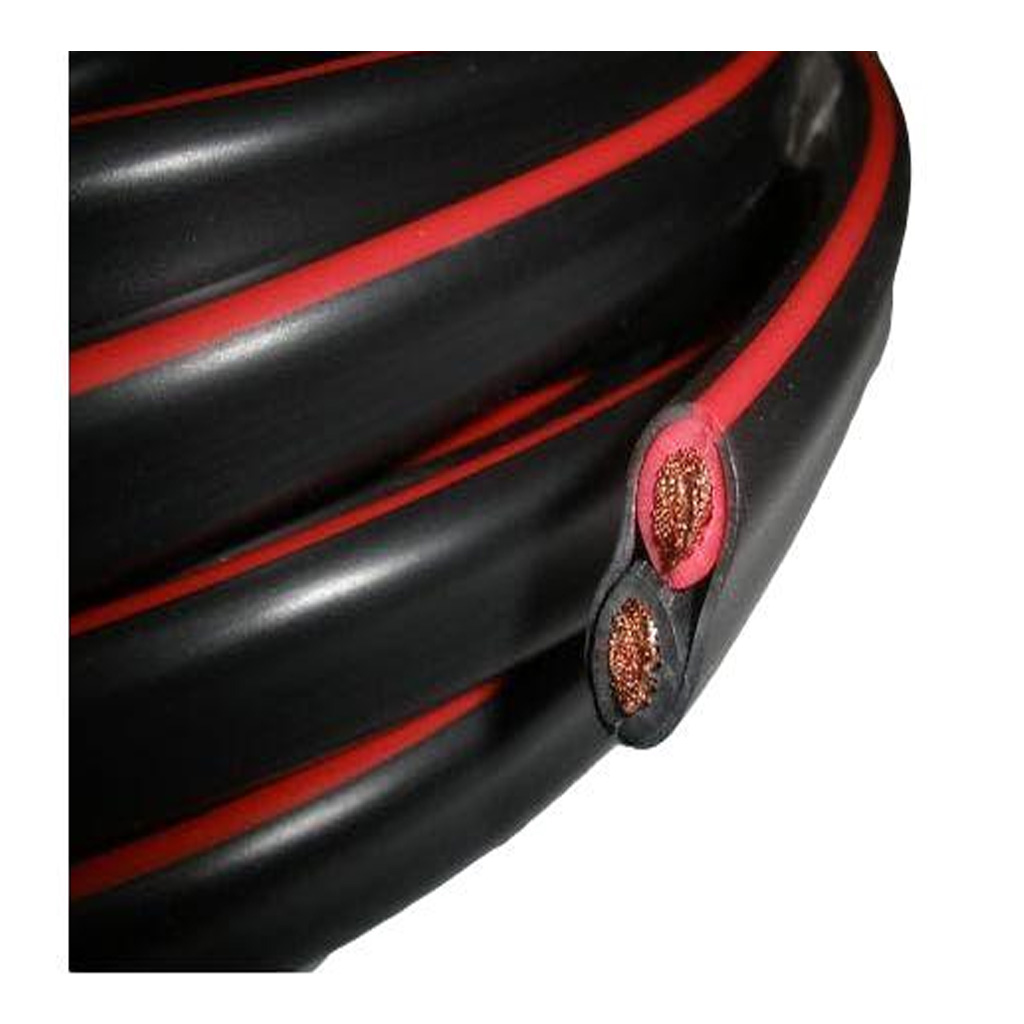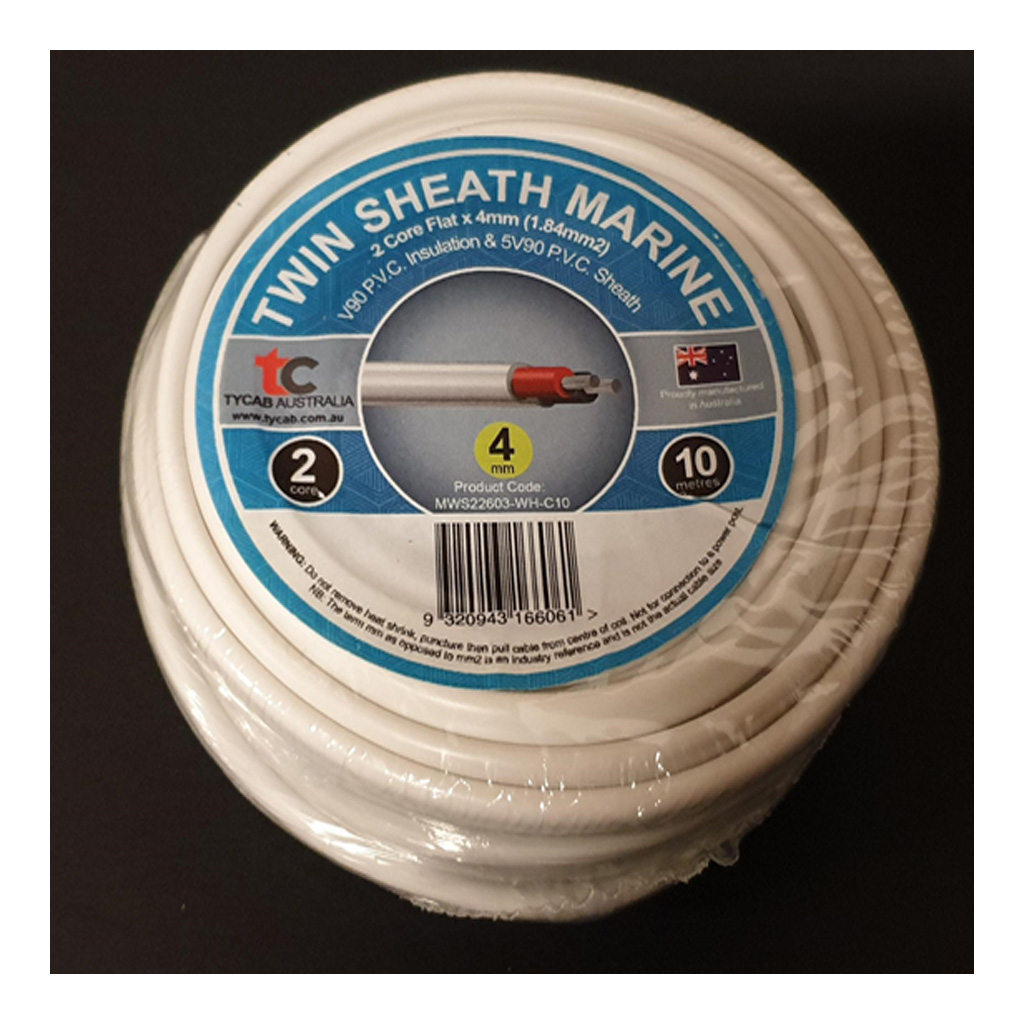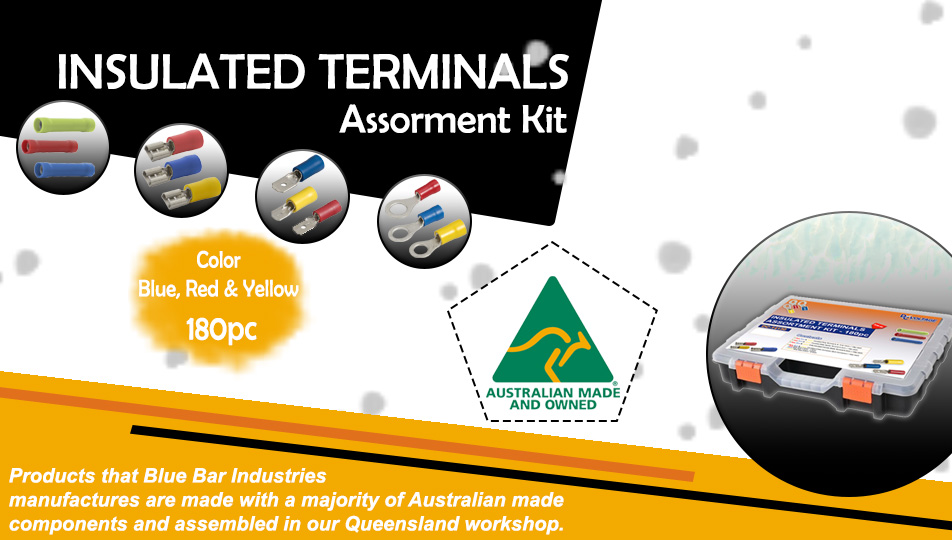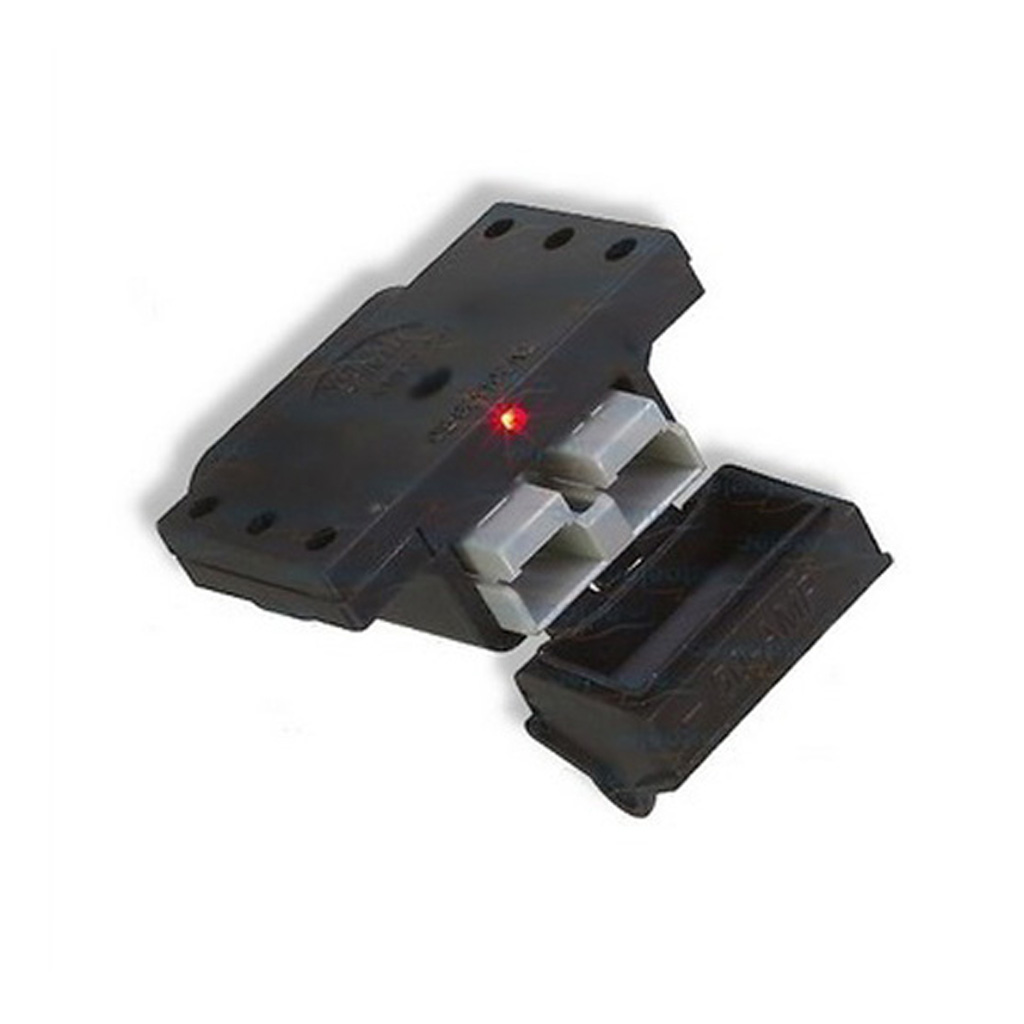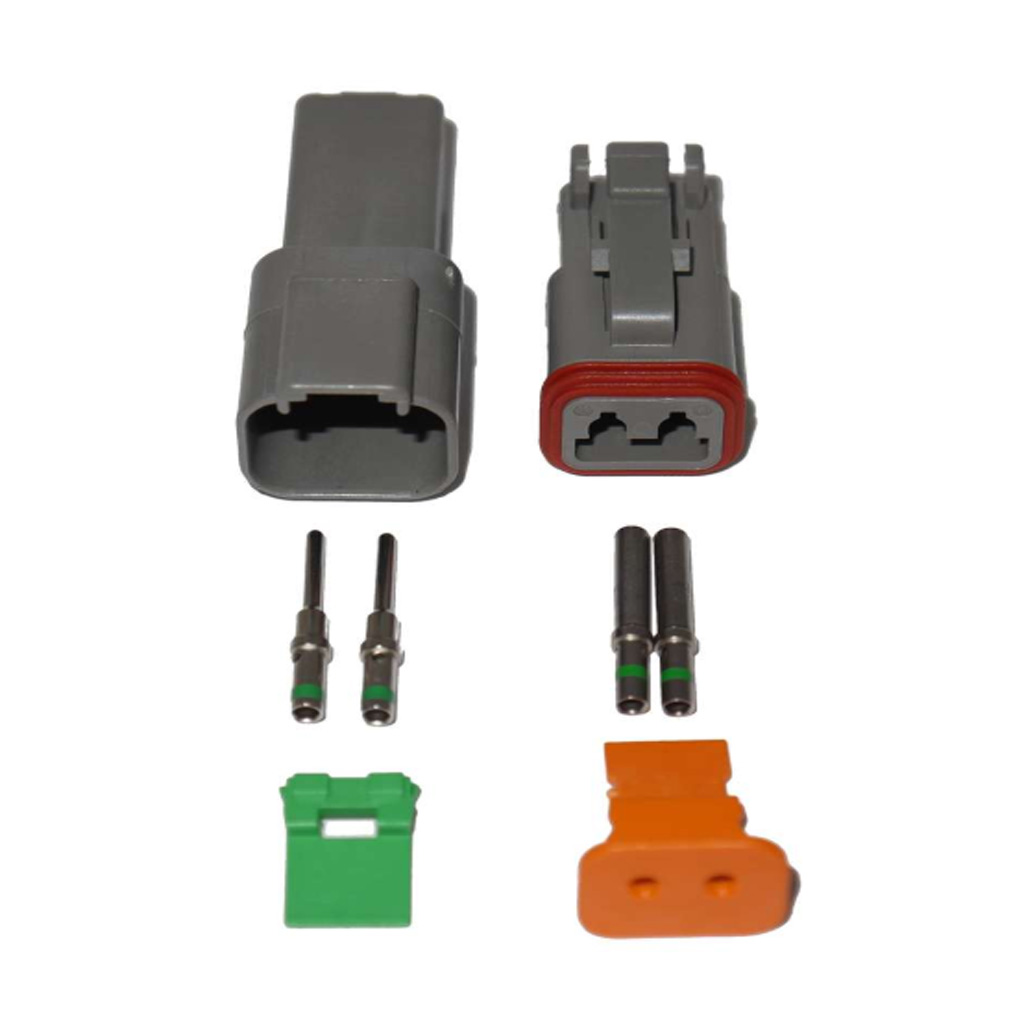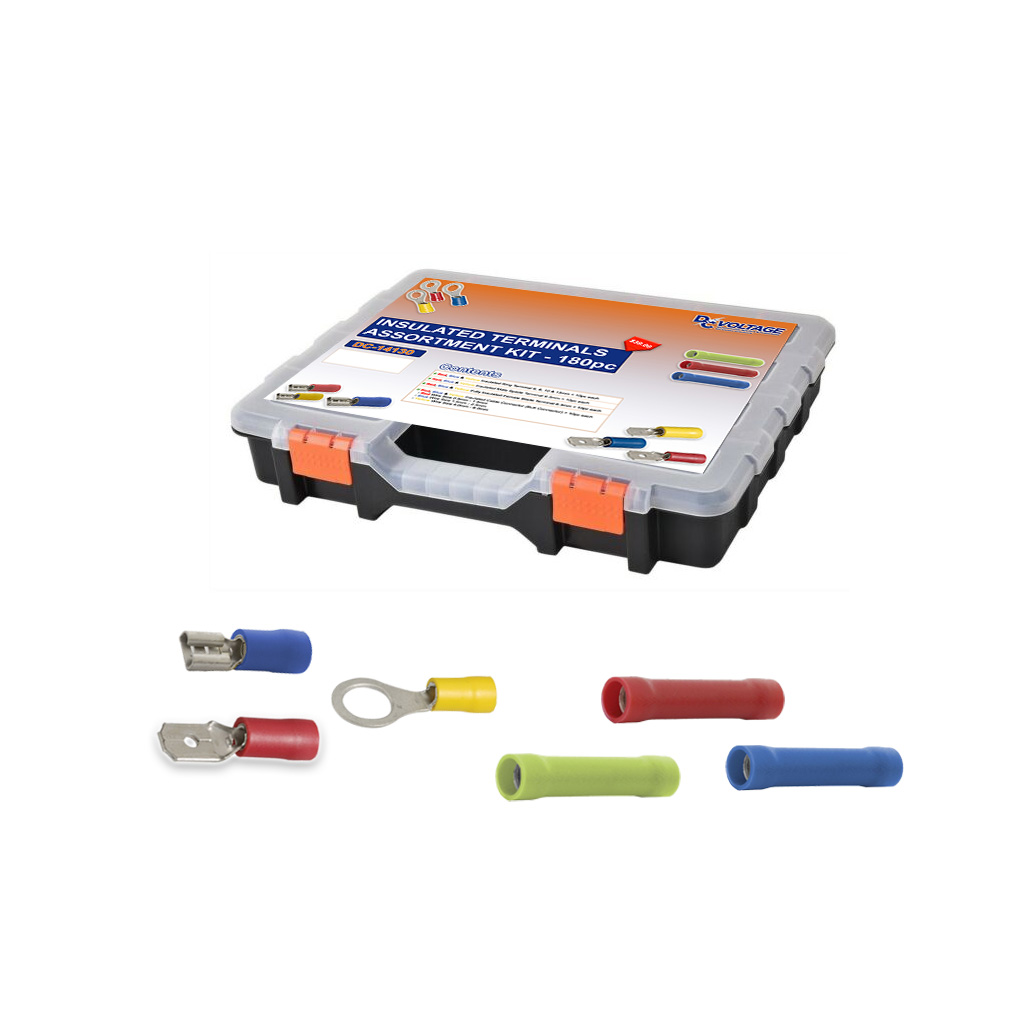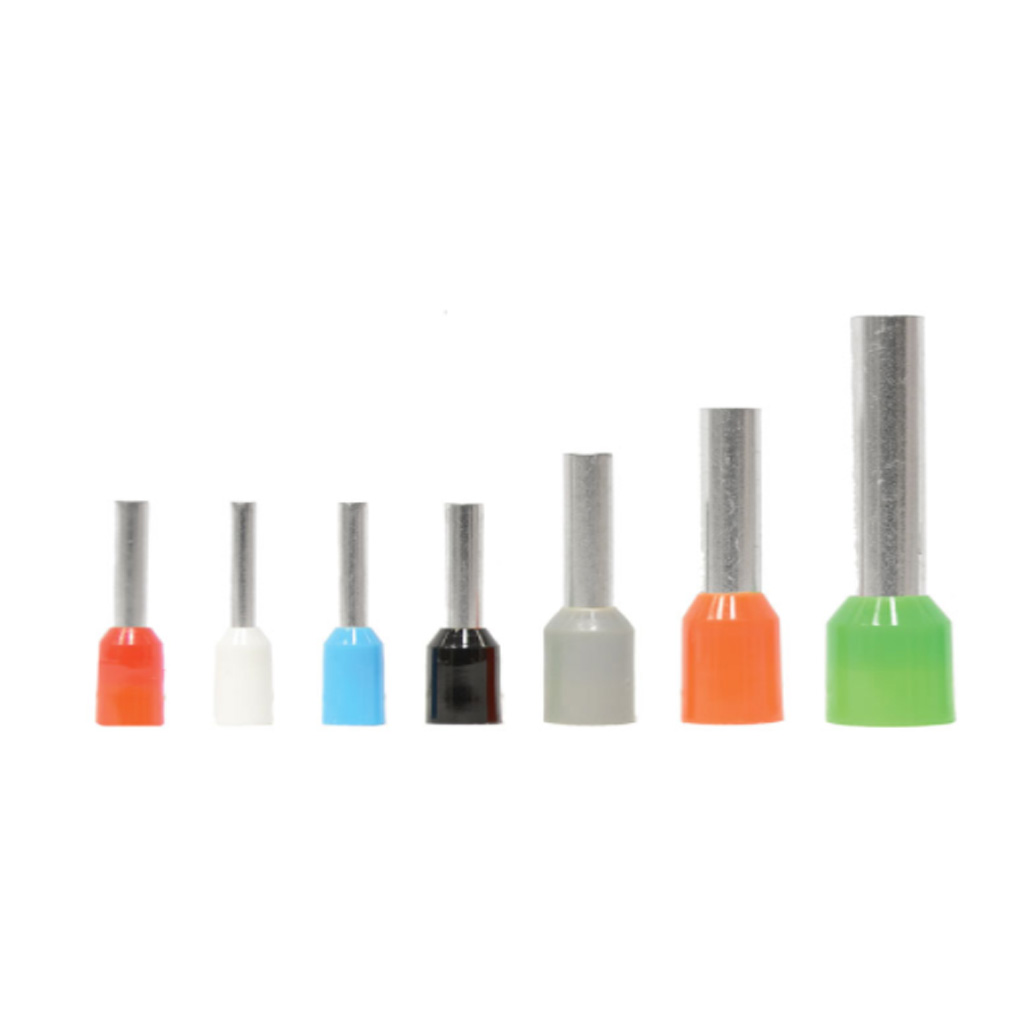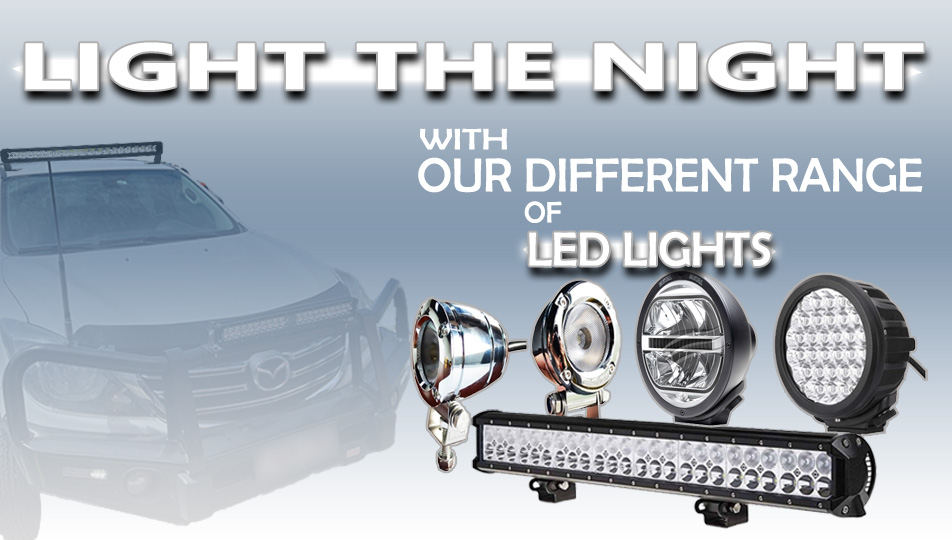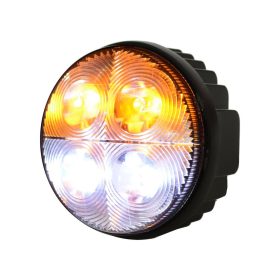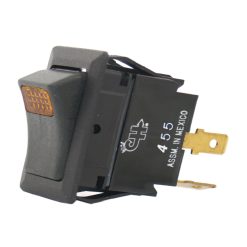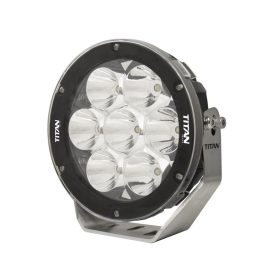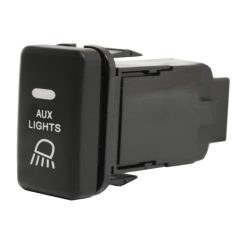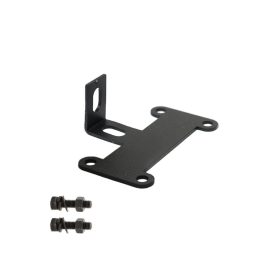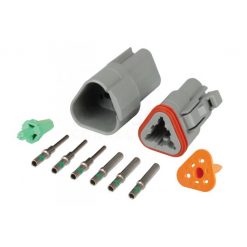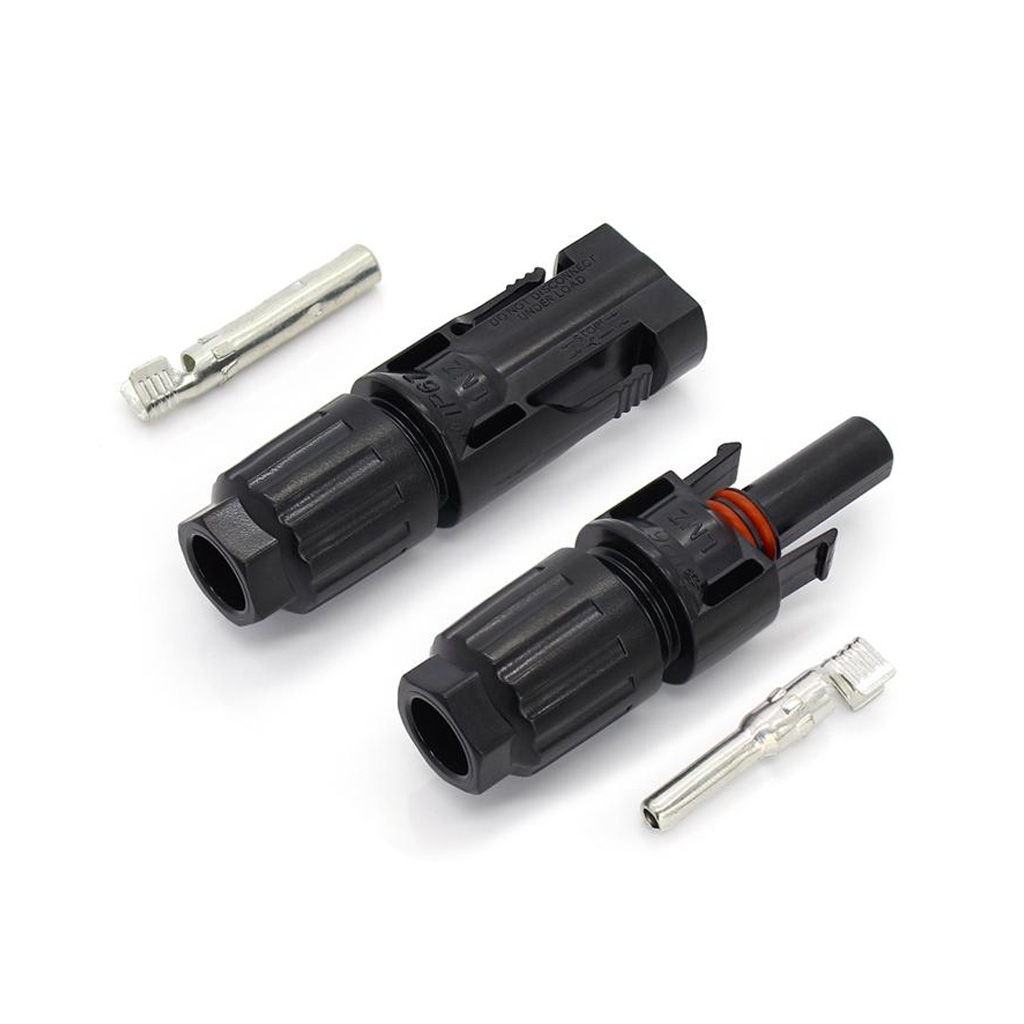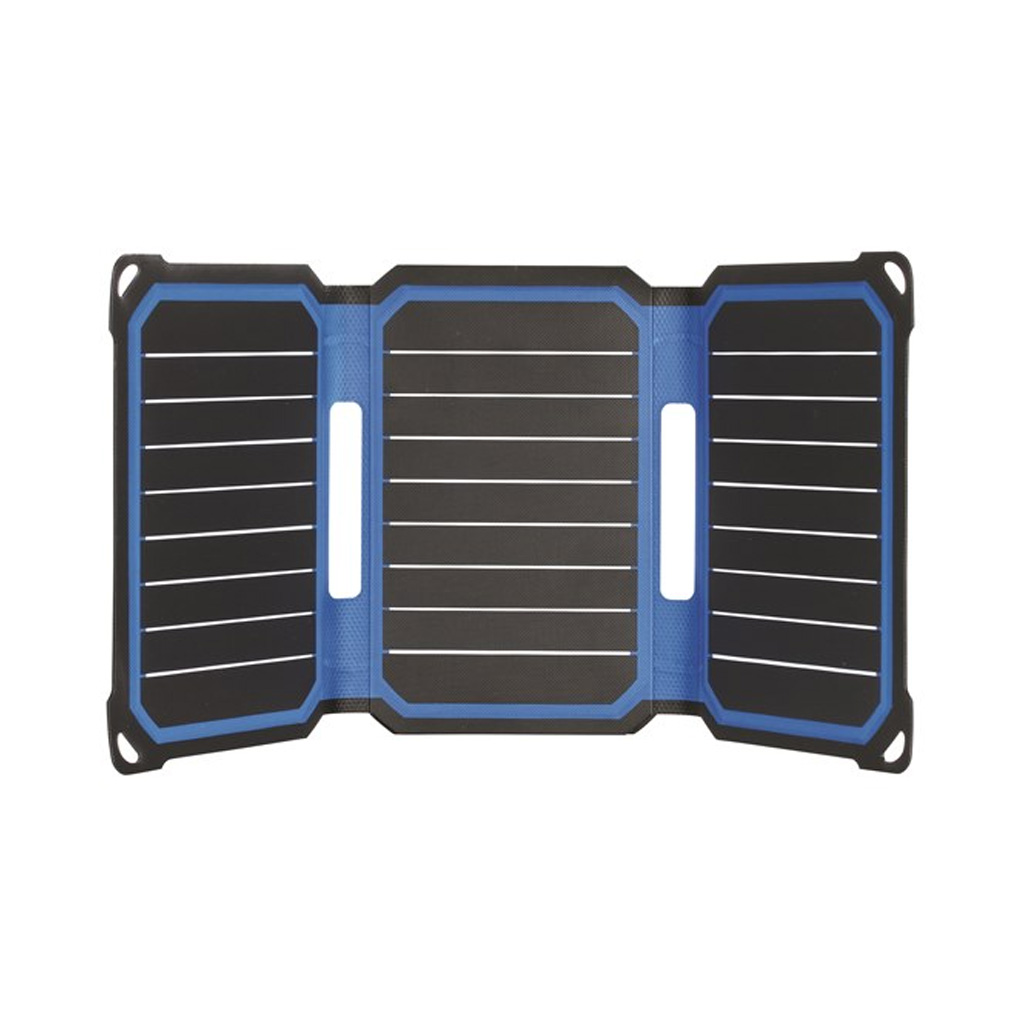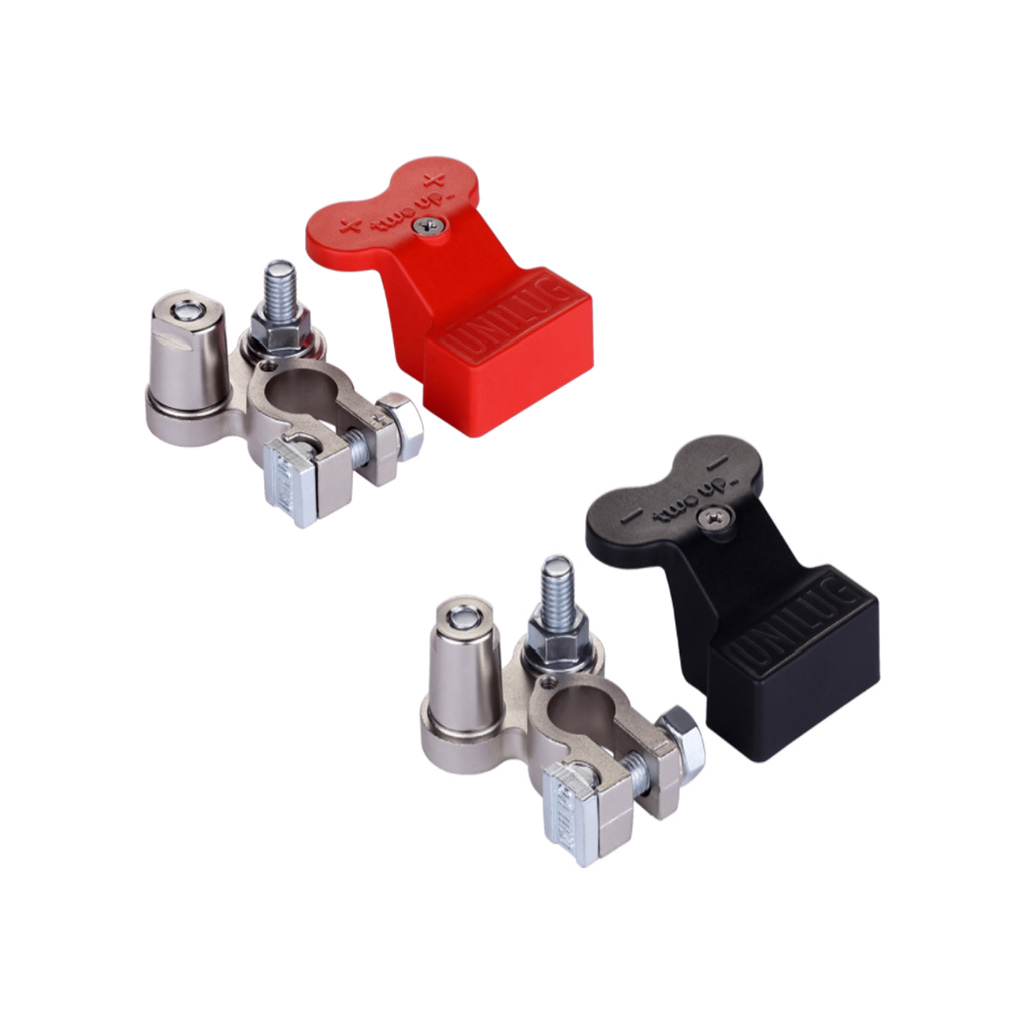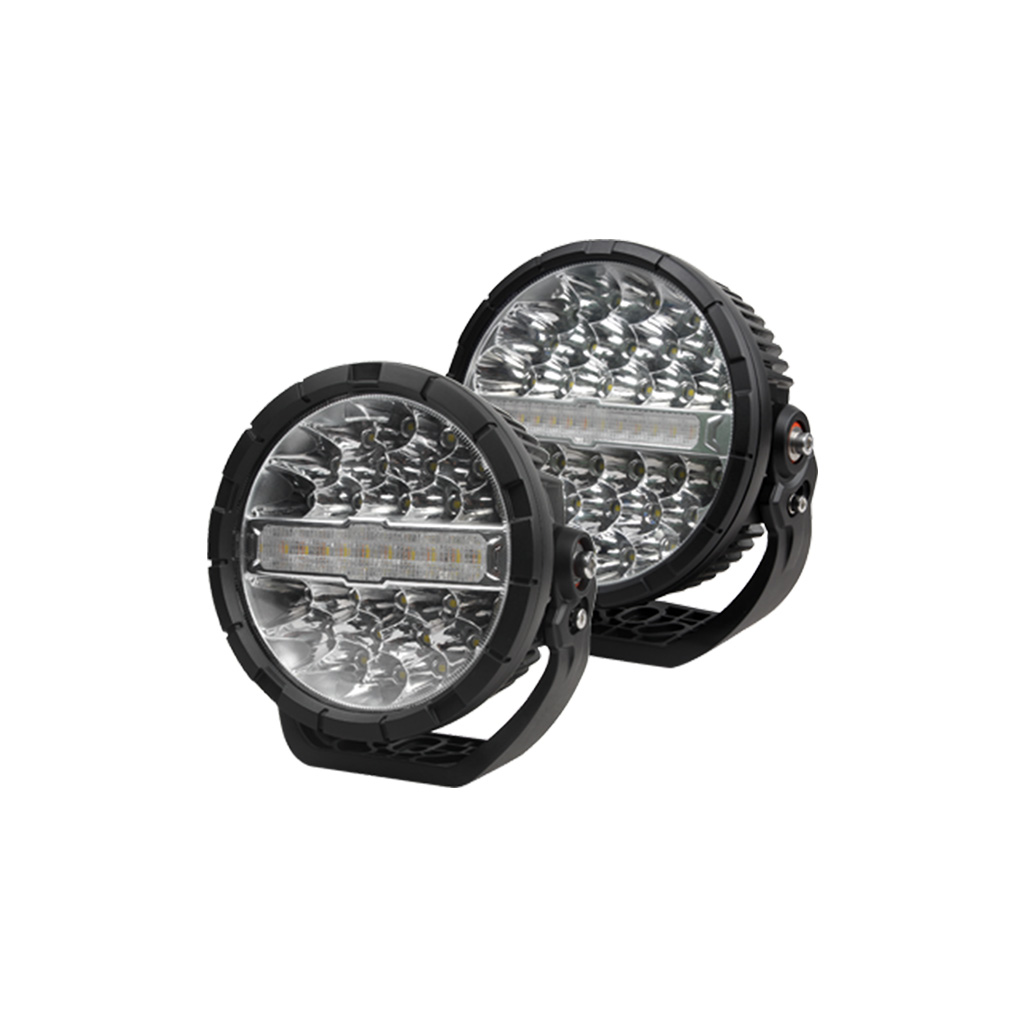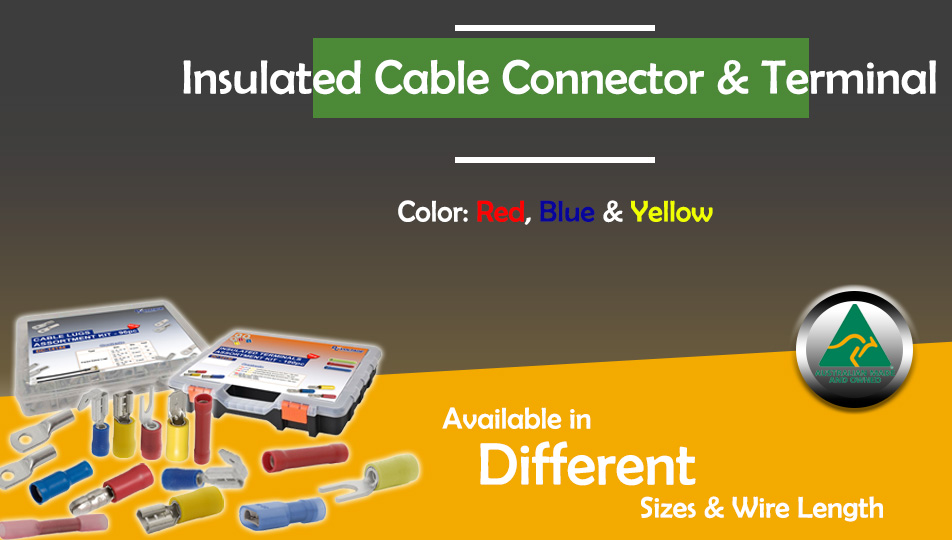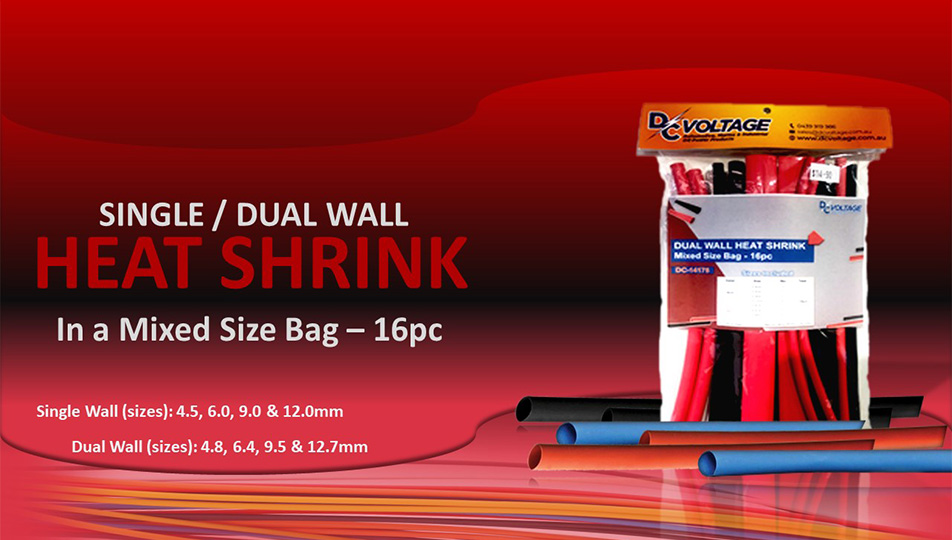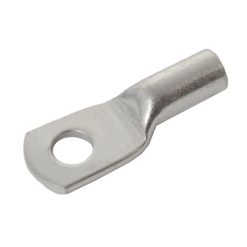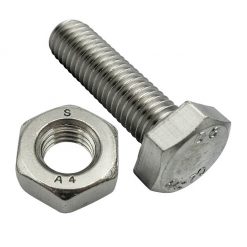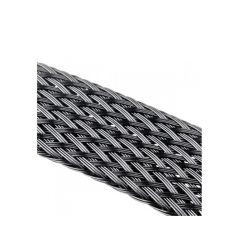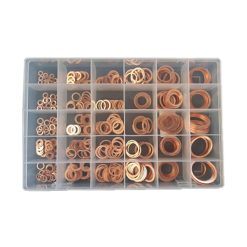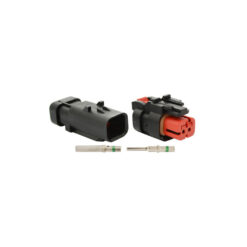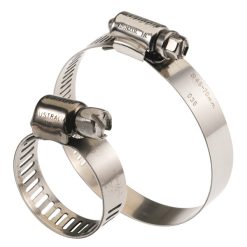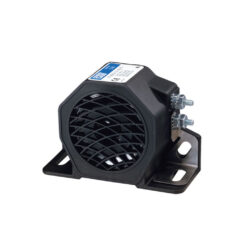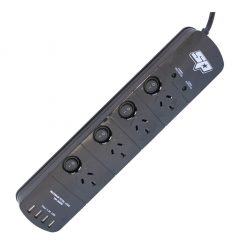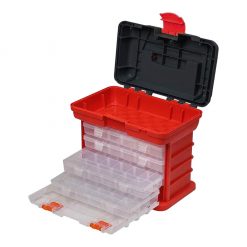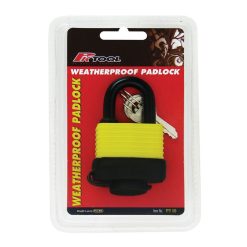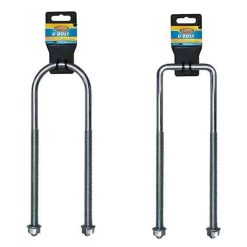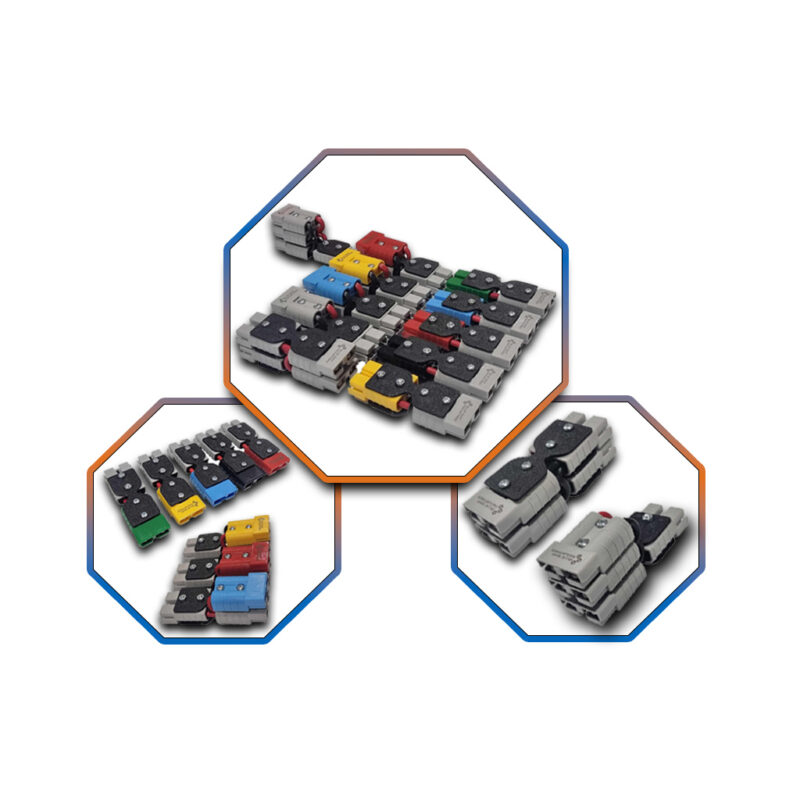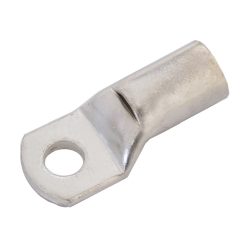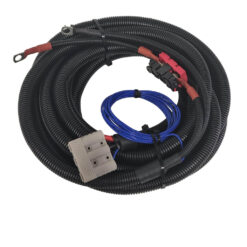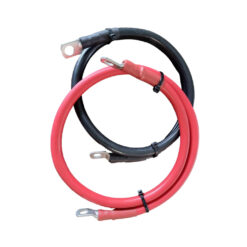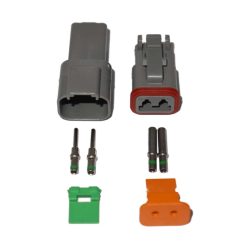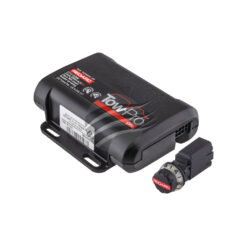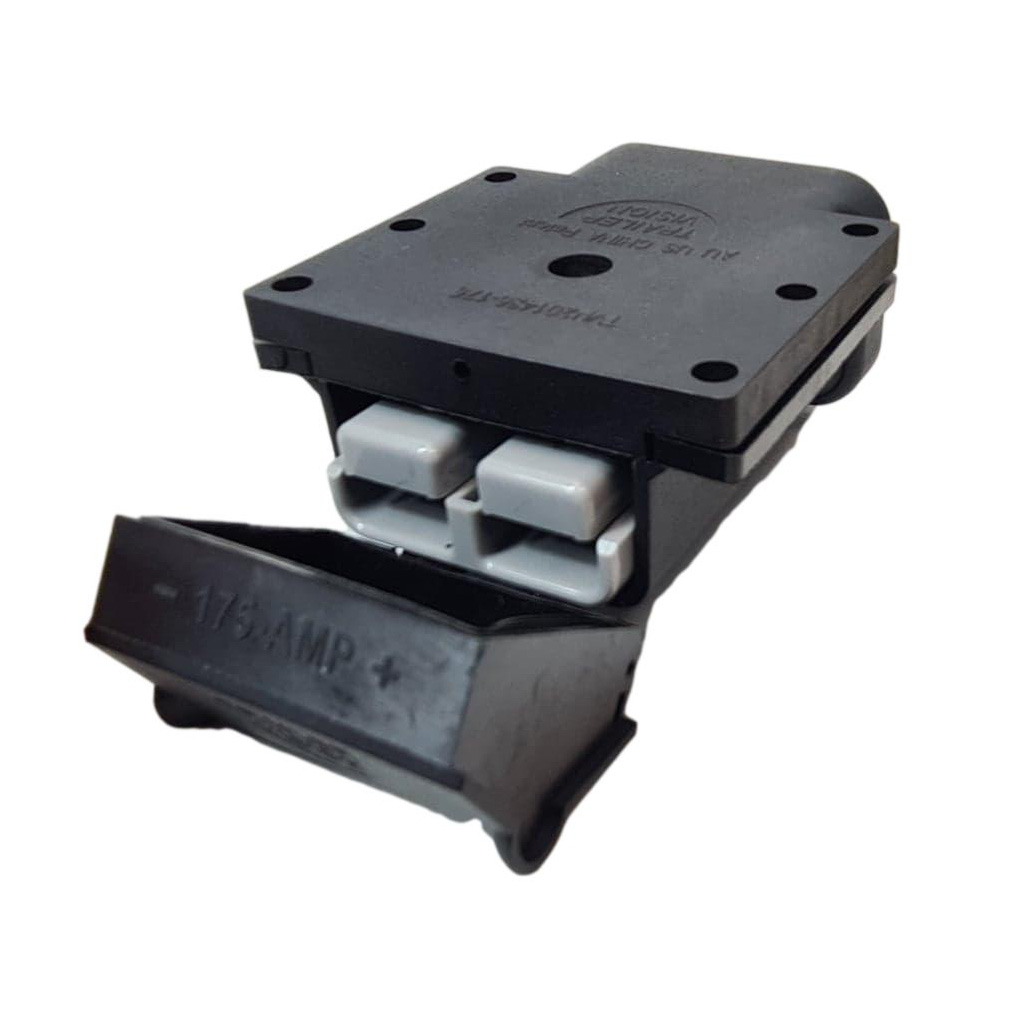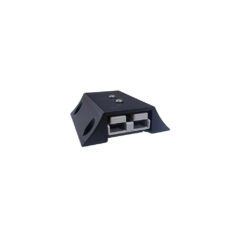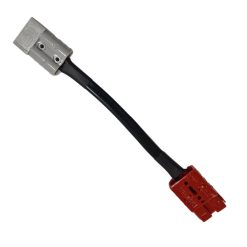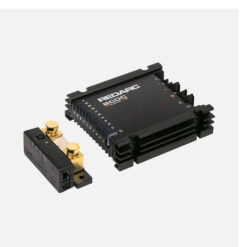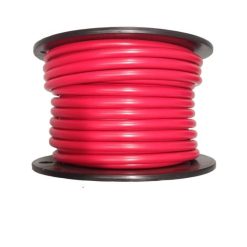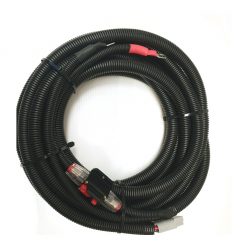General News
The Advantages of LED Lighting in Residential and Commercial Spaces
Bluebar Industries is a leading supplier of high-quality LED lights for various applications. We are proud to offer an extensive range of products that cater to different needs.
Driving Lights: Our driving lights are designed to provide exceptional visibility and safety on the road. They are suitable for all types of vehicles and are built to withstand harsh weather conditions.
Light Bars: Our light bars are ideal for off-road vehicles, trucks and construction equipment. They provide powerful and efficient lighting in a compact design.
Motorbike & Marine Lights: Our motorbike & Marine lights are designed to enhance your visibility and safety while riding. They are weather-resistant and durable, making them perfect for all types of riding conditions. Our marine lights are specially designed for boats and other water vessels. They are durable, waterproof and provide powerful lighting for navigation and other marine activities.
Torches: Our torches are perfect for camping, hiking, and other outdoor activities. They are lightweight, durable and provide powerful lighting in a compact design.
Brackets, Connectors and Switches: We also offer a wide range of brackets, connectors, and switches to suit different LED lights. They are designed to provide a secure and stable mount for the lights and easy installation.
Bull light bars: Discover the power and efficiency of Bluebar Industries’ Bull light bars. Our off-road LED light bars are designed for trucks and other heavy-duty vehicles, providing exceptional visibility and performance in any weather condition. Browse our selection today and upgrade your vehicle’s lighting today
LED lights have become one of the most popular choices for homes and offices looking to save energy and money. The compact, versatile design; low heat output; extended life span; and aesthetically pleasing features make them a favourite among the masses. Customers are choosing LEDs over conventional lighting options due to a multitude of factors detailed in this article.
Understanding The Technology Behind LED Lighting
LED lighting is a technology that can be used in many ways, and it’s becoming more popular for residential, commercial and industrial purposes.
LED stands for light-emitting diode, which means it emits light when electricity passes through it. LEDs are made of semiconductor materials that emit photons when an electrical current passes through them. The amount of light emitted by the LED depends on the material used in its construction, as well as the voltage applied to it.
LEDs are used in many different types of lights and other devices, including traffic lights and calculators. They produce less heat than incandescent bulbs and last longer than fluorescent bulbs. This makes them ideal for use in flashlights, headlamps and other portable devices.
Flexibility & Versatility of LED Lighting in Residential & Commercial Applications
LED Lighting is one of the most versatile and flexible forms of lighting available today. LEDs are energy efficient and have a long lifespan, with most LED fixtures rated to last over 50,000 hours. LED technology is also very reliable and can be used in a wide variety of applications. Some common uses include:
- Retail store lighting – LED lighting allows you to create an inviting atmosphere for customers while reducing your energy costs.
- Office building lighting – LED fixtures can help reduce your energy bills while maintaining comfortable environments for employees.
- Industrial warehouse lighting – Industrial warehouses benefit from the high contrast and uniformity that LED lights provide.
- Residential lighting – Traditional light bulbs usually have an average lifespan of 1,000 hours or less before they burn out and need replacing. LEDs typically last 10 times longer than incandescent bulbs, so they won’t burn out as often and will save you money over time.
- Commercial lighting – LED lights are perfect for businesses such as restaurants, bars and retail stores because they’re bright enough to make objects visible from across a room but still consume less energy than traditional bulbs.
Comparison Of LED Lights With Traditional Lighting Options
LED lights are the most common form of lighting in the world. They are used in everything from consumer electronics to traffic lights and even in some types of light bulbs. While they are more expensive than traditional light bulbs, they have many benefits that make them worth the investment.
-
Energy Efficiency
LEDs use up to 90% less energy than regular incandescent light bulbs, making them much more environmentally friendly. This means that you’ll save on your electricity bill, which is great for your wallet and the environment.
-
Long Lifespan
LEDs last about 10 times longer than other types of bulbs, meaning you won’t need to change them as often — or at all! This can save you money on replacement costs year after year.
-
Effects on Health
LED lights do not contain any mercury or other toxic material that may be harmful to humans or animals when disposed of improperly, unlike some other types of bulbs. This makes them safe to use in homes with pets or children as well as businesses where there may be high-traffic areas, such as schools and hospitals.
-
They’re Durable
Unlike traditional light bulbs, which can break easily when dropped or knocked against something, LED lights are highly resistant to shock damage and vibration damage. This makes them ideal for use in places like warehouses where there’s a lot of movement or places like construction sites where they may be exposed to rough conditions like dust or rainstorms.
Environmental Benefits Of Switching To LED Lighting
The environmental benefits of switching to LED lighting are significant.
- LED lights use up to 80% less energy than traditional incandescent bulbs. This means less energy is used, which means fewer greenhouse gases are released into the atmosphere. According to research, if every household in the country replaced just one bulb with an LED model, it would prevent the release of 3 million tons of CO2 per year.
- The average lifespan of an LED bulb is 25 times longer than that of a conventional incandescent light bulb and 10 times longer than CFLs (compact fluorescent lamps). This means less frequent replacement and disposal, which translates into less waste and less energy used in manufacturing new products.
- LED lights are mercury-free, so they don’t release harmful toxins into the environment when disposed of as municipal solid waste (MSW). In fact, some cities are banning the use of CFLs in municipal buildings due to their mercury content.
Tips For Choosing & Installing LED Lighting In Your Space
If you’re thinking about installing LED lighting in your home or office space, here are some tips to help you choose the right type of lights:
-
Do Your Research
Before installing an LED fixture, do some research on what kinds of lighting works best in different situations (i.e., ambient vs. task). For example, if you want to illuminate an entire room with warm white light, choose an A19 bulb instead of an MR16 fixture. Likewise, if you need to highlight something specific, like artwork or a sculpture, look for bulbs with more narrow beam angles (which will help focus light on just that one spot).
-
Choose The Right Bulb Type
LED bulbs come in different shapes, sizes and styles. They can be found in common household light fixtures (like a 60-watt incandescent bulb), as well as more specialised lamps and track lighting systems. There are also many different colour temperatures available, so consider how you want your space to look before choosing your bulb.
-
Choose Warm White Lights
Warm white light is like soft yellow light or candlelight; it’s very relaxing and soothing. You can also choose ‘daylight’ or ‘cool white’ lights, which have a brighter white glow that’s similar to sunlight on a sunny day.
-
Know The Difference Between Lumens & Watts
Watts measure power consumption, while lumens measure the brightness or luminosity of a light source. Using the lumen measurements of an incandescent bulb will help you understand how much brighter an LED bulb is compared to its incandescent counterpart. For example, a standard 60-watt incandescent bulb produces about 800 lumens, while a 13-watt LED bulb produces 1400 lumens.
-
Examine Your Space Before You Buy
Before you go shopping for LED lighting, you should examine the room where you intend to install the light fixtures. You want to make sure that the light fixture will fit well in your space. You also want to make sure that there is enough room between the ceiling and the bottom of the light fixtures so that there is no risk of burning out or damaging other electrical items in your home (such as smoke detectors).
So maybe you’re wondering, is LED lighting really all that great? The answer is a resounding “yes.” If you want to save energy and money on your utility bills, there’s no better way. And if you want to give something back to the planet, LED lights will help you do that as well.



